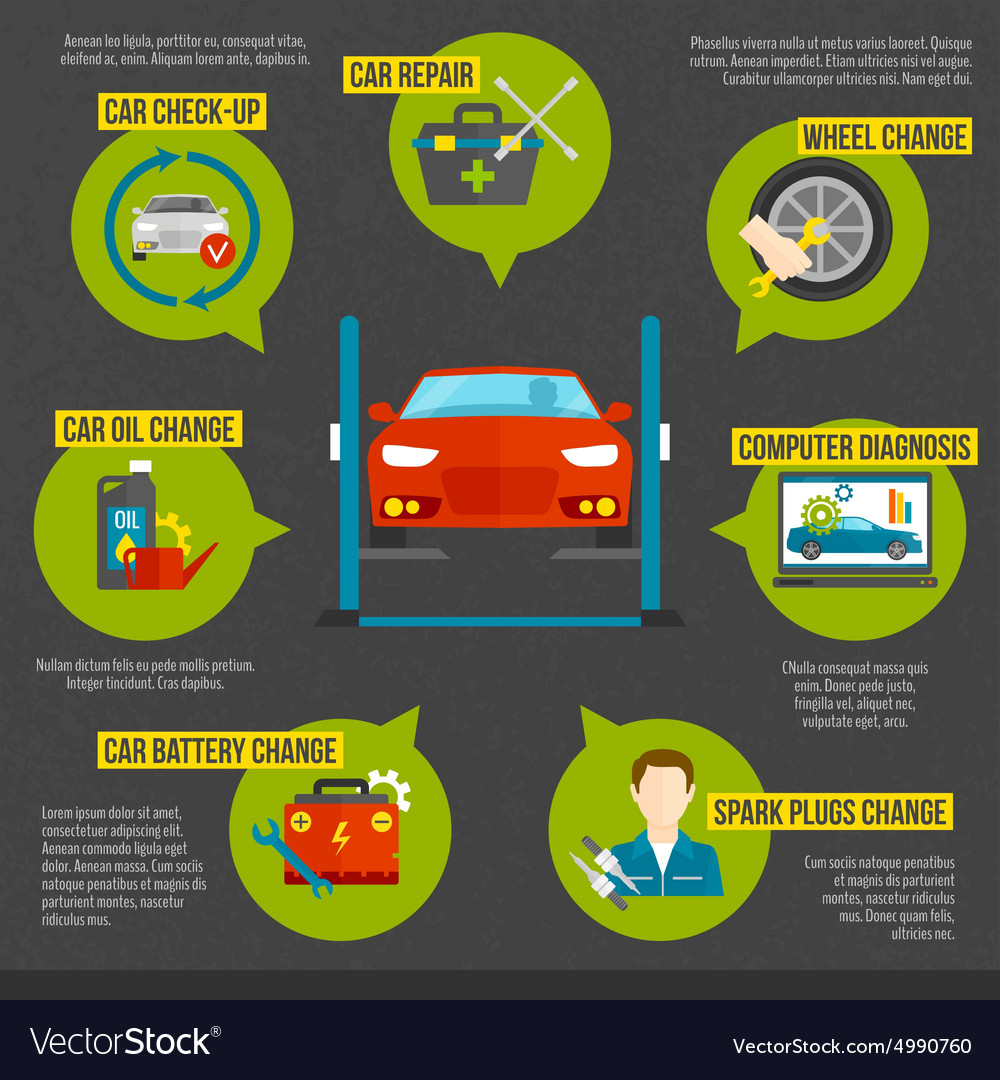Why Regular Tire Upkeep Matters: A Detailed Method To Tire Assessment And Rotation
Why Regular Tire Upkeep Matters: A Detailed Method To Tire Assessment And Rotation
Blog Article
Writer-Gylling Dahl
Guaranteeing your tires remain in top problem is greater than just a routine job-- it's a safety essential for every journey you start. From maintaining appropriate atmospheric pressure to inspecting for wear and tear, the health and wellness of your tires straight affects your vehicle's efficiency and your wellness when driving. However what are the key steps to take to maintain your tires in prime form? Let's discover the critical facets of tire maintenance that you shouldn't forget.
Perks of Routine Tire Upkeep
Routine tire upkeep provides a range of advantages that can improve your driving experience and guarantee your security when driving. By keeping your tires appropriately inflated, you improve fuel performance, saving you cash at the pump.
Well-kept garage mechanic lessons supply much better grip, reducing the threat of accidents, especially during severe climate. Properly straightened and well balanced tires result in a smoother trip, decreasing resonances and enhancing total lorry handling.
On a regular basis turning your tires promotes also walk wear, prolonging their life-span and conserving you from premature substitutes. Furthermore, maintaining brake repair service can prevent blowouts and apartments, reducing the opportunities of unforeseen break downs when driving.
Tire Assessment Standards
When evaluating your tires, it's important to take notice of numerous crucial facets to guarantee they're in optimal condition for safe driving. Start by inspecting the tire stress using a stress scale to ensure it matches the maker's recommended level.
Evaluate the step depth by putting a penny upside down right into the tread grooves; if you can see all of Lincoln's head, it's time for new tires. Try to find any kind of indications of unequal wear, which may indicate placement problems or improper inflation.
Check for cuts, bulges, or fractures on the tire sidewalls, as these can result in blowouts. Additionally, examine the tire shutoffs for damage or leakages. Bear in mind to examine all 4 tires, including the extra if appropriate.
Correct Tire Turning Techniques
To make sure also use and extend the life expectancy of your tires, it's essential to adhere to proper tire rotation strategies. Regular tire turning helps distribute use uniformly across all four tires, promoting longer step life and boosting overall efficiency. Start by inspecting your car's handbook for the recommended rotation pattern. Generally, front-wheel-drive, rear-wheel-drive, and all-wheel-drive automobiles have different turning patterns to represent differing wear patterns.
For most lorries, the recommended tire turning interval is every 6,000 to 8,000 miles, yet this might differ, so it's essential to consult your handbook.
When rotating your tires, exchange the front tires with the back tires, relocating the left back tire to the left front position and vice versa. Bear in mind to additionally cross the back tires to the opposite sides when moving them to the front. This simple yet effective rotation technique helps make certain that all tires wear evenly, optimizing their life-span and preserving optimal efficiency.
Verdict
Make sure to prioritize normal tire maintenance to maintain your car running efficiently and safely. By complying with basic inspection standards and correct rotation methods, you can extend the lifespan of your tires, enhance fuel effectiveness, and boost general performance when driving. Do not ignore the significance of looking after your tires - it's a little effort that can make a huge distinction in your driving experience.
